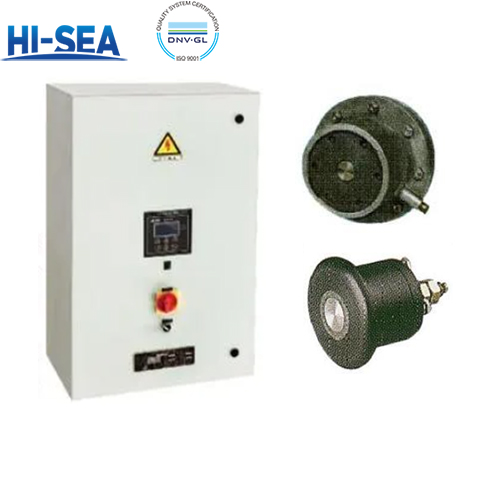
ICCP for Cathodic Protection
Impressed Current Cathodic Protection (ICCP) is a sophisticated and effective method used to protect metal structures in various environments from corrosion. Cathodic protection is a technique to control the corrosion of a metal surface by making it the cathode of an electrochemical cell.
Overview
Application
Commercial Vessels: Used extensively on cargo ships, tankers, and container ships.
Naval Ships: Essential for military vessels, where corrosion protection is critical for operational readiness.
Advantages
Effective Protection: Provides consistent and reliable protection against corrosion, even in aggressive environments.
Longevity: Extends the service life of the protected structure.
Control and Monitoring: Allows for precise control and monitoring of protection levels, ensuring optimal performance.
Cost Savings: Reduces maintenance costs and the need for frequent repairs or replacements.
Maintenance
1. If the applied current cathodic protection device ICCP fails or is left switched off for a long period of time, this will lead to severe corrosion of the hull plates (especially the weld seams between the plates), which will considerably shorten the service life of the vessel.
2. In order to ensure that the hull is always well protected, the power supply is always on and the system operates in automatic mode, which normally does not require manual adjustments, however, when the automatic mode fails (e.g. the control board needs to be replaced) or when entering a fresh water area, the system needs to be put into manual mode or switched off. Shutting down the system for a few hours will have little effect, but if the system is shut down for an extended period of time, it will take some time for the system to reach its optimum state of protection once it is restarted.
3. Regular preventive maintenance will extend the life of the equipment, reduce system shutdown time, and also reduce damage to system components; take advantage of the time in port to open the isolation hatch covers of the auxiliary anodes and reference electrodes (making sure that there is no water pressure inside them) and check that they are watertight to the hull of the ship to prevent seawater seepage or condensate build-up; external visual inspection of the condition of the auxiliary anode, the reference electrodes, the insulation shielding, and the surrounding area should be carried out when available condition.





